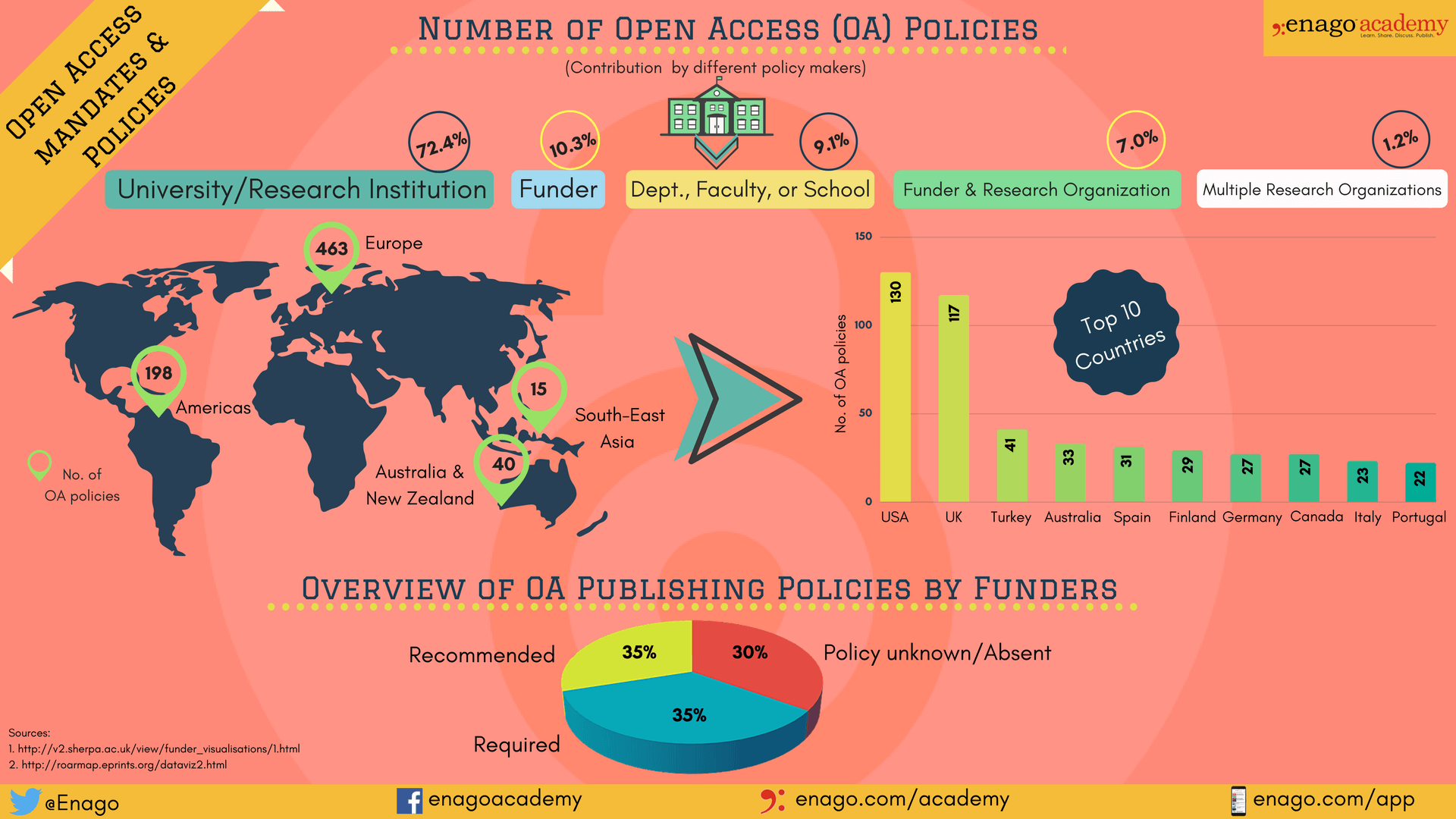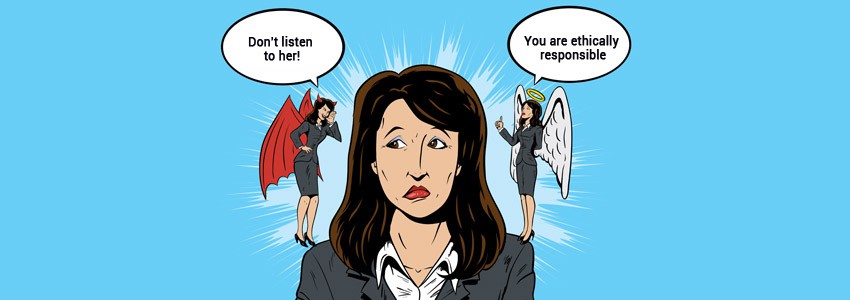
Every paper submitted to a good scientific journal goes through peer review. Manuscript submission is just the very beginning of what could be a lengthy process, at the end of which the manuscript may get rejected or accepted.
Usually, the journal editor is the first to see your paper. The editor decides if the paper fits the journal’s scope. If it does, he/she will send it for peer review. Generally, there are four possible decisions on your work. It can be rejected, accepted, accepted with minor revisions, or accepted with major revisions. But the main question remains, how long should you wait for the response of the journal?
How Long Before the Journal Makes a Decision?
Daniel Himmelstein is a graduate student. He analyzed all the papers in PubMed that listed submission and acceptance dates. Himmelstein found that the general review time has been about 100 days for the past 30 years. According to Himmelstein, there has been no substantial increase in this time duration. However, this dataset excludes journals that don’t include their submission and acceptance dates. Some journals use the resubmission date and not the initial date of submission.
Time to publication has increased in popular journals. For Nature, the review time was 85 days a decade ago. Now it is 150 days. While for PLoS ONE, it has increased from 37 to 125 days over the past 10 years. If you have had no response from the journal within three months, you can request an update from the same on your paper’s status. If you have chosen a more popular journal your wait time may be longer. Interestingly, papers with the lowest and highest impact factors have the longest review times.
The longer time taken may be due to lengthy peer reviews. Reviewers also request for more data, revisions, and new experiments. Neuroscientist Leslie Vosshall says reviewers demand more and more unreasonable things from authors. Editors say that science has simply become data-rich. As the number of papers written continues to increase, it can take even longer to find willing peer reviewers.
Cycles of Rejection
Are authors contributing to the problem of delayed publication time? There are some who believe that authors do so. Authors often carry out an activity called journal shopping. This means that an author first submits a paper to the possibly most prestigious journal. If that journal rejects the paper (which is very likely) then the paper is submitted to the next most prestigious journal. This process may get repeated again and again, as long as the manuscript gets acceptance. This, in turn, adds to the time that it takes for a paper to be published.
Journal impact factor and reputation are often used as a proxy for paper quality. This matters when applying for tenure, grants, or promotion. Scientists journal shop to get maximum exposure for their work and to boost their careers.
Stephen Royle is a biologist. He looked at publication wait times for the 28 papers that his group published over 12 years. He found that the average time from submission to publication was nine months. However, he also found that about half of his papers had gone through journal shopping. This added anywhere from days to the acceptance time to more than eight months.
Payment for Faster Reviews
The time duration taken by the journal to respond may also depend on the peer review. The Journal of Behavioral and Experimental Economics is trying to lower wait times. They will release reviewer rankings based on how quickly they return reviews. Critics say this will only upset peer reviewers who are usually not paid. Others say that a quality review is better than a speedy one. A study found that offering payment for returning reviews on time led to reviewers submitting reviews about 10 days early.
Manuscript submission is the beginning of the peer review process at a scientific journal









